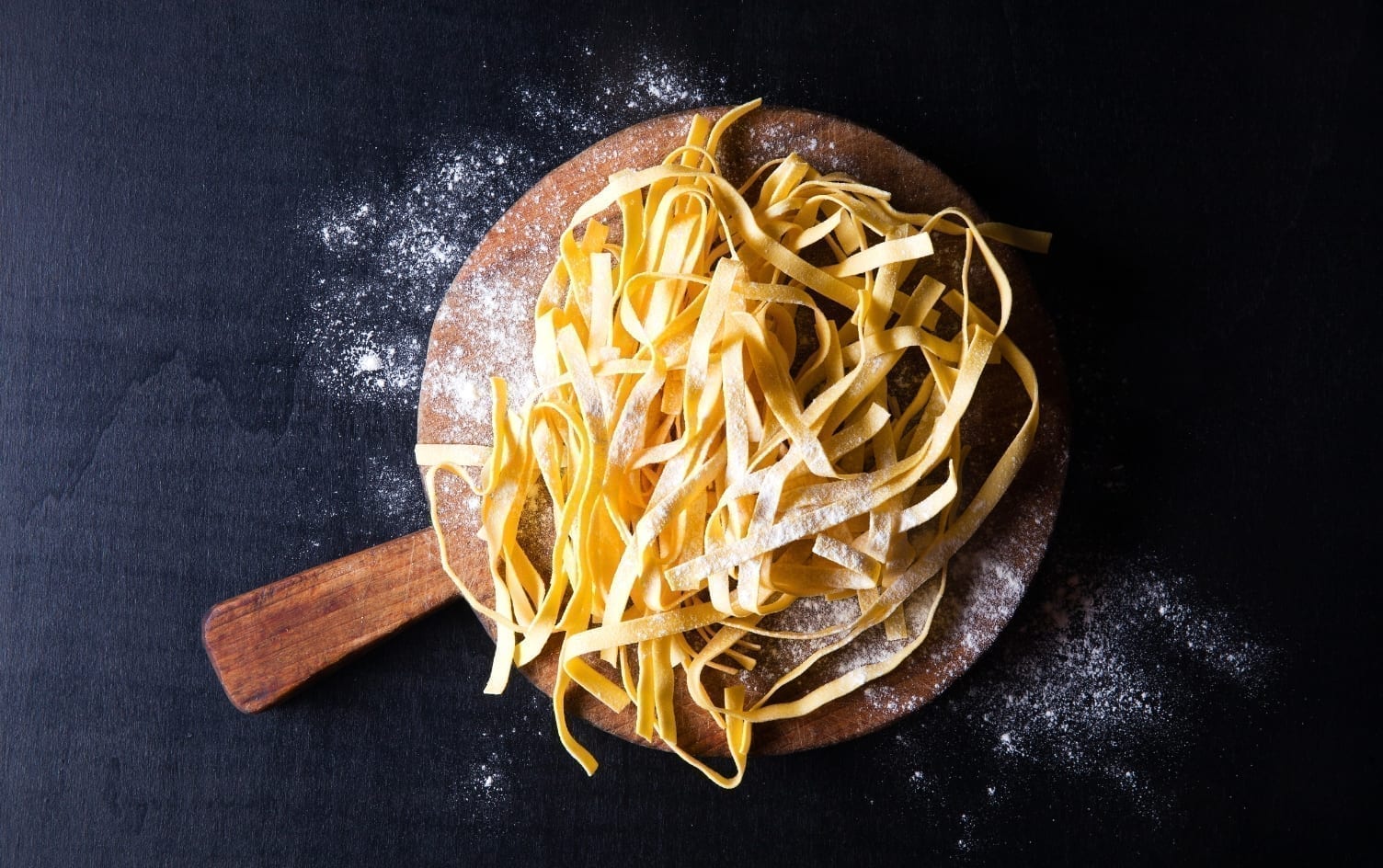In today’s environment of “clean” eating, it’s not surprising people tend to think of foods as good or bad. Many of the foods that have gotten bad reputations over the years are generally not as unhealthy as we once thought.
Here are the unexpected foods nutrition pros wish people would appreciate for their nutritional assets:
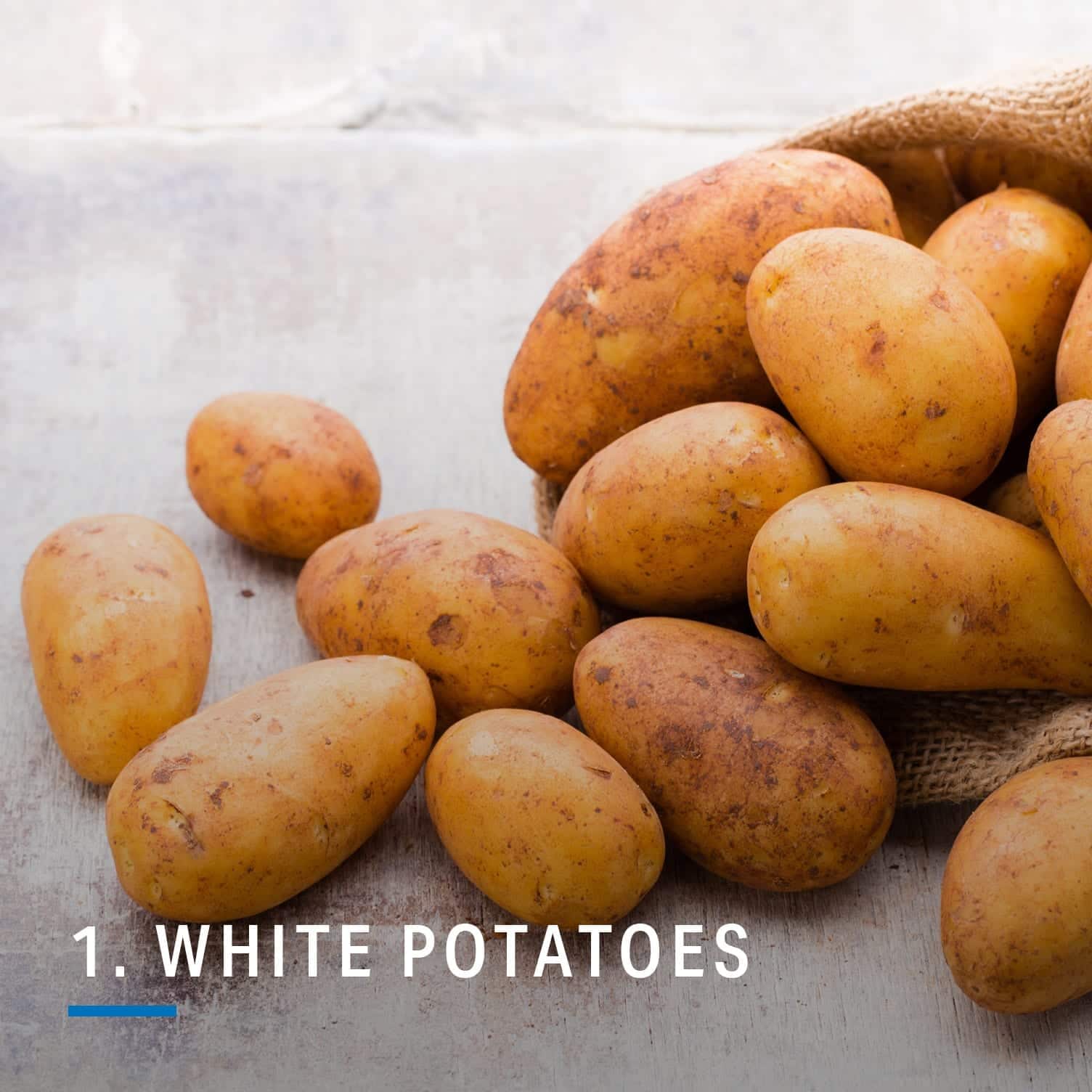
If you’ve ever chosen a baked sweet potato over a baked white potato thinking it’s a healthier choice, you’re not alone. In reality, white potatoes aren’t unhealthy; they’re just more likely to be prepared in less health-conscious ways, like as potato chips and french fries.
“When paired with a protein or healthy fat source, white potatoes are an awesome one-ingredient, minimally processed, cheap carbohydrate that balances any meal perfectly,” says Rachel Fine, a registered dietitian nutritionist who is certified in sports dietetics. White potatoes are also high in a special complex carb known as resistant starch. “Resistant starch is not digested in the small intestine. Instead, our gut bacteria processes it, creating beneficial molecules that promote balanced blood sugar and a healthy gut microbiome.”
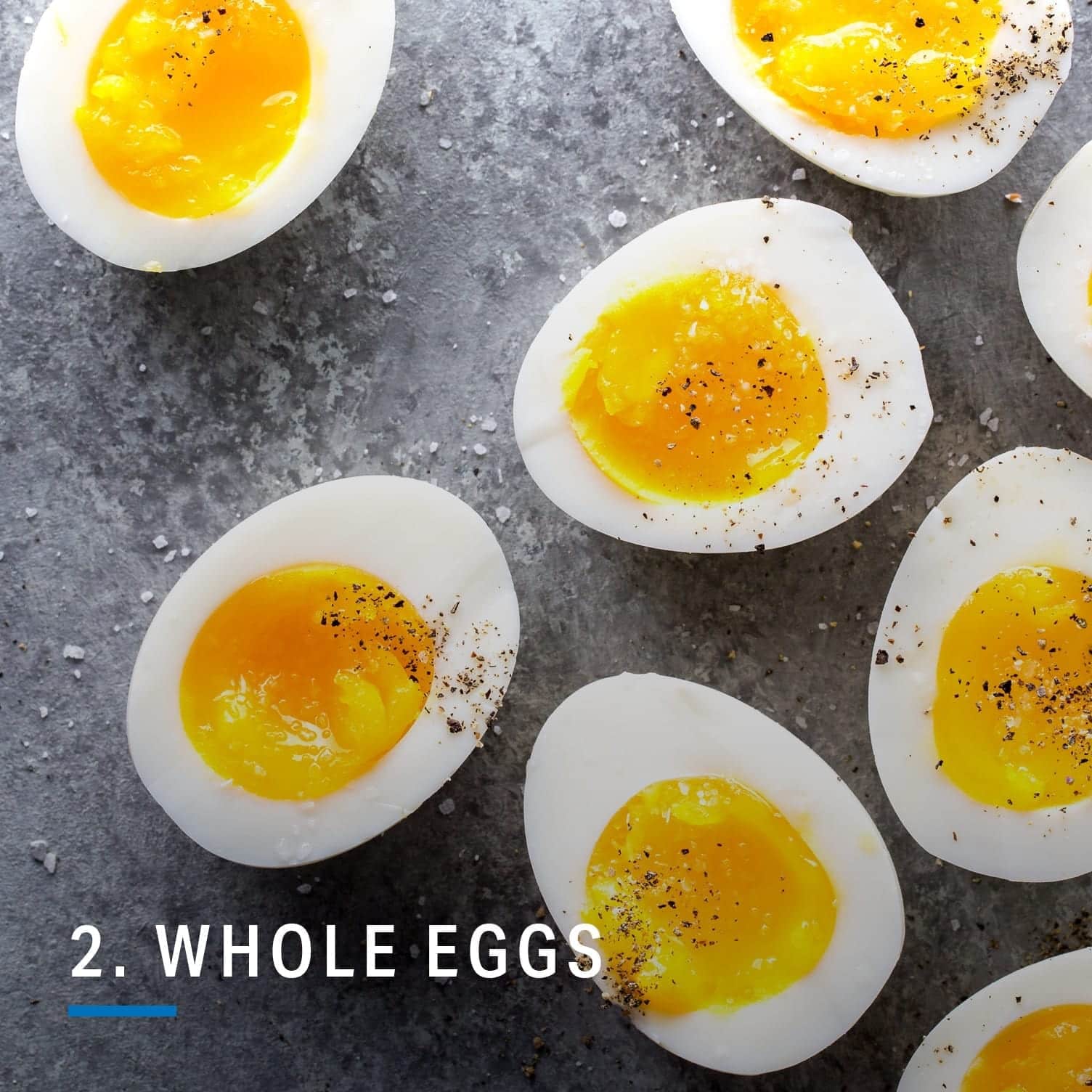
Many have the impulse to stick with egg whites over whole eggs due to cholesterol content. But “the amount of vitamins and minerals found in one yolk outweighs the risks from the cholesterol content,” Fine notes. “Rather than spending money on a hair, nail and skin supplements, I suggest adding one whole egg to your daily meal plan for a great source of revitalizing vitamins like A, D, E and K along with omega-3 fats, biotin, folate and vitamin B12.” With that said, if you’re concerned about your cholesterol intake, it’s best to stick to one egg yolk per day and manage your saturated fat intake.
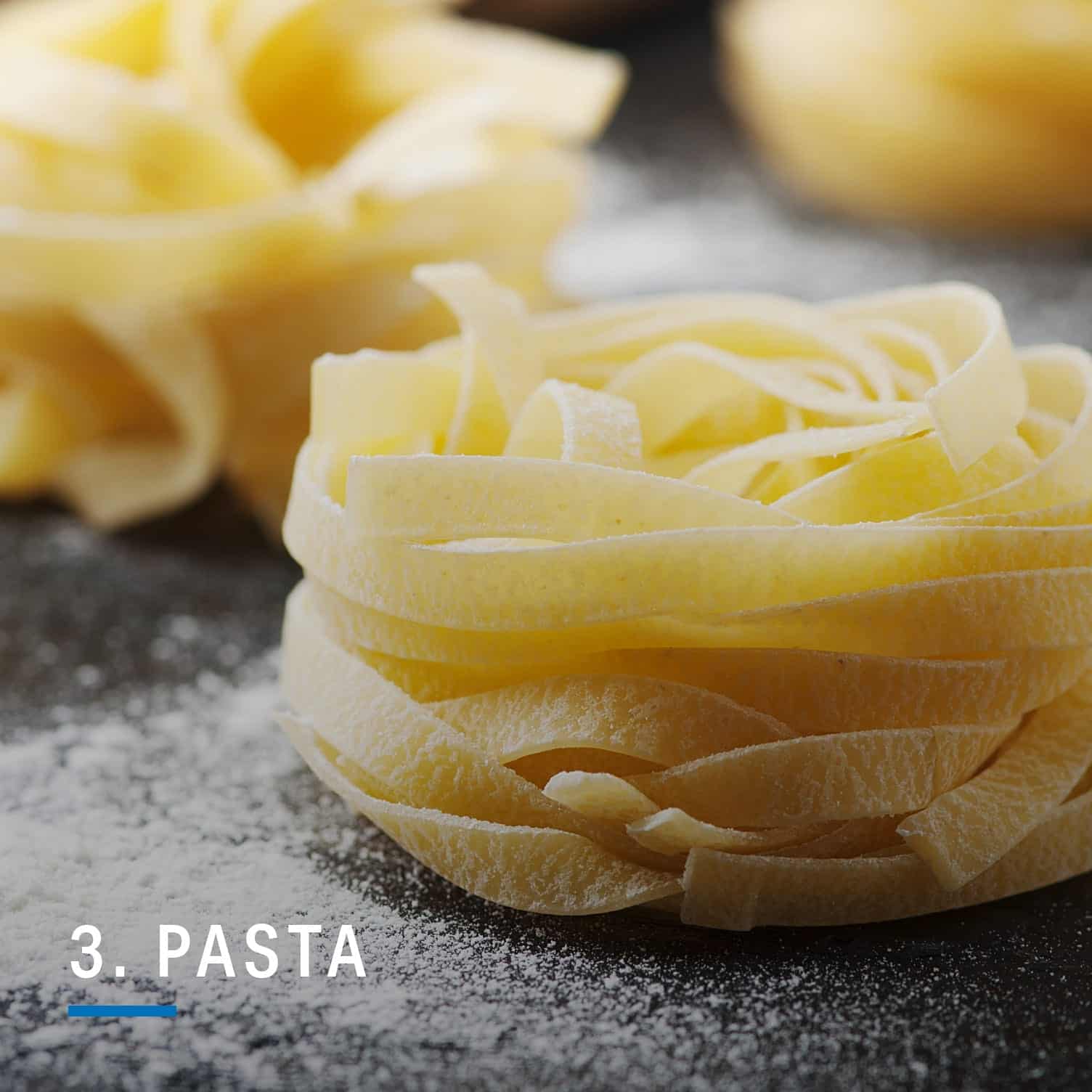
Pasta is generally considered a splurge, but it can actually be a healthy diet staple, experts say. “With so many healthier pasta alternatives on the market, there’s no need to feel guilty eating it,” says Michelle Hyman, RD. “100% whole-wheat or bean-based pastas (chickpea, edamame or lentil) pack more protein and filling dietary fiber than regular white pasta.” Whatever type you choose, it’s still a good idea to be mindful of the portion size and pair with veggies and lean protein to make it a balanced and satisfying meal, Hyman adds.

If you eat bananas all the time, this might seem like a strange addition to this list. But the truth is, a lot of people believe bananas are unhealthy because they’re higher in carbs. “My clients are constantly asking about bananas — and it’s all about portion size,” says Stephanie Bostic, PhD, RD. “Bananas are a great source of important nutrients like potassium, and they are both convenient and affordable. That handy package is a substantial source of carbohydrates, at about 30 grams per large banana, so selecting ‘baby’ bananas or half a banana can be helpful when you are having it with a meal (like a sandwich).”
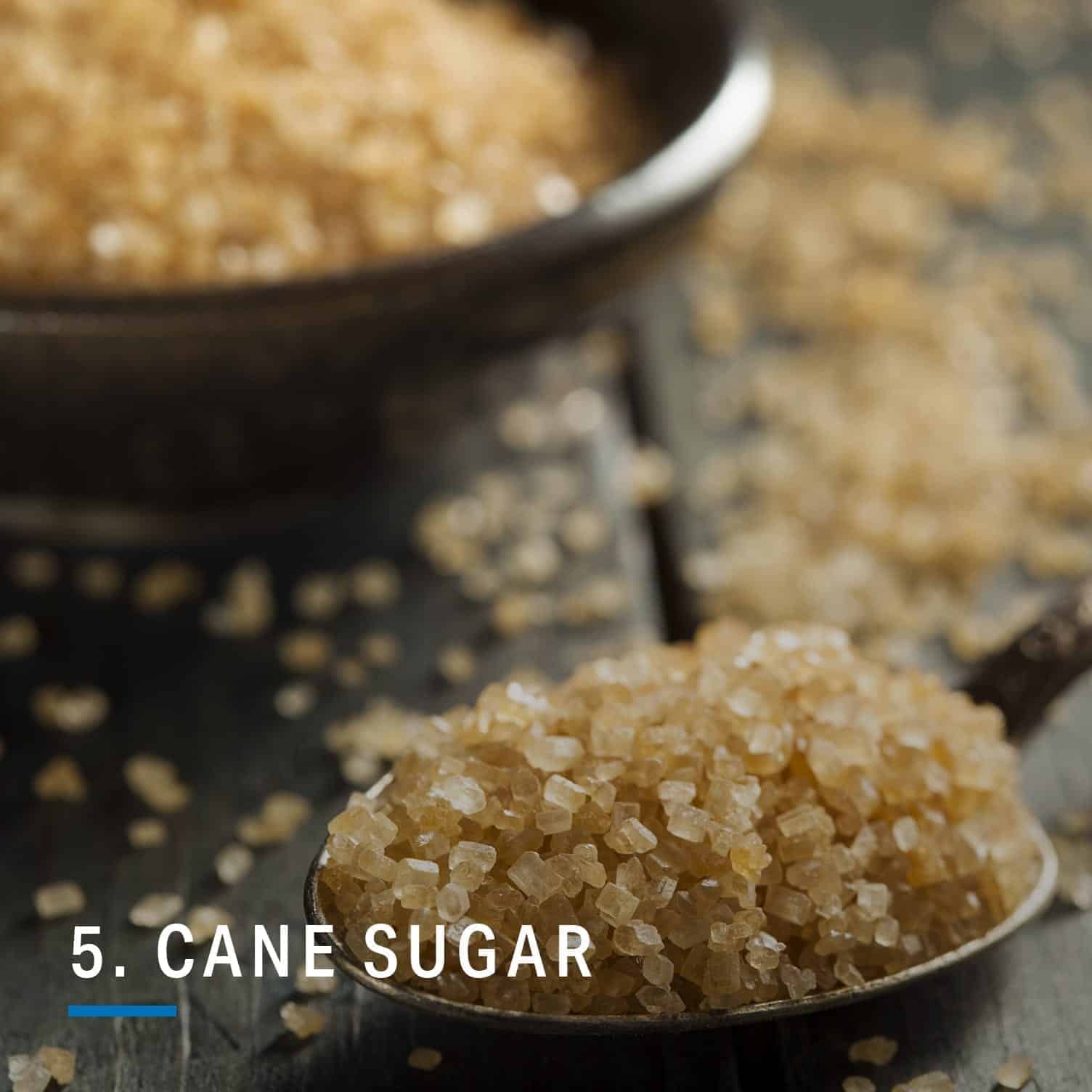
Sugar is a confusing topic in nutrition, and the fact sugar “detoxes” are so trendy makes it seem like all sugar is bad for you. To be fair, some types of sugar are not-so-great for you. “Excess sugar from any source (whether it’s cane, brown rice syrup, maple syrup, honey, agave, etc.), is not good for health, and we can all benefit from reduced amounts of sugar as a whole,” Fine explains.
But that doesn’t mean you can’t have any sugar in your diet. If you’re adding sugar to something, try using cane sugar. “Using a smaller amount of standard cane sugar versus higher amounts of artificial sweeteners and/or concentrated sources of fructose (like agave nectar or high-fructose corn syrup) will benefit health,” Fine says. “The concentration of fructose absorbed from cane sugar is less than that of fructose absorbed from high-fructose corn syrup and agave. Furthermore, the glucose obtained from cane sugar is metabolized more efficiently than the fructose content.”
One important note: Even though fruit contains fructose, it’s still healthy to eat (in reasonable amounts) because it’s naturally packaged with fiber, Fine says.
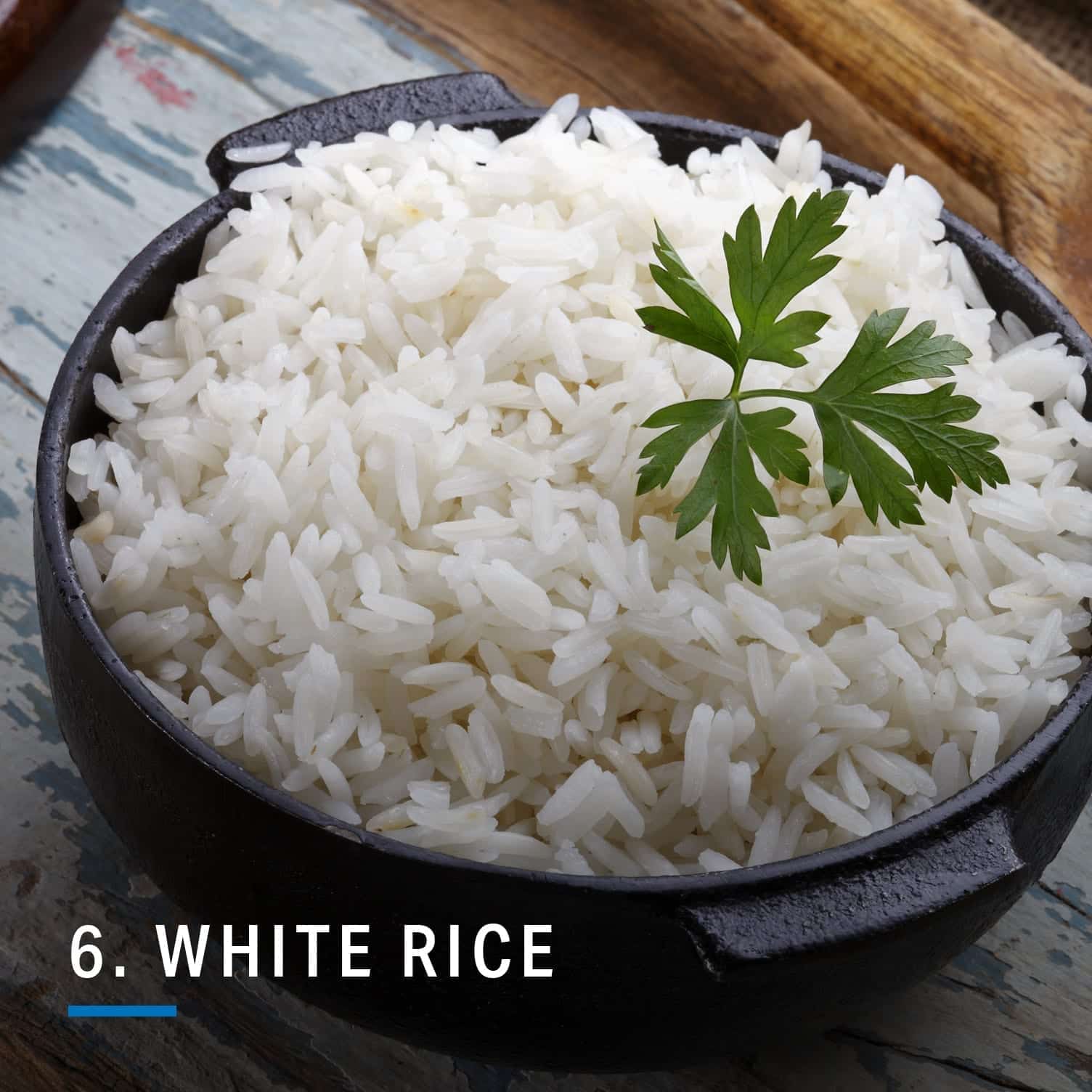
Brown rice is a great choice for anyone who is health-conscious thanks to its whole-grain status and filling fiber content. But that doesn’t mean you can’t eat white rice on occasion, too. White rice is lower in fiber because it is not a whole grain, and for some people (like athletes who need quick-absorbing carbs before a long workout or those with certain digestive issues), that can actually be an advantage. White rice is also often enriched with other nutrients, like iron, thiamine, folate and more, so it’s not as devoid of nutrients as you might expect.
